Kupiškis (Aukštupėnai) Hillfort dates back to the first millennium BC – the beginning of the II millennium On the left bank of Lėvens, at the confluence with the Aukštupis stream, near the Kupiškis lagoon and the village of Aukštupėnai, there is an oval mound site, elongated in the N-S direction. The site and the eastern slope of the hillfort are covered with trenches dug during the First World War. Remains of a rampart remain on the southern edge of the site, and on the north eastern and southern slopes, below the edge of the site, there is a rampant about 280 meters long and 1.8 meters high, the ends of which reach a terrace about 50 meters long. At the southern and eastern foot of the Kupiškis Hillfort, traces of an ancient settlement can be seen in an area of 5 ha; the pottery with a roughened surface found in the foundry is kept in the Lithuanian National and Kupiškis Regional Museums. The hillfort was inhabited in the period between the middle of the 5th and 8th centuries BC. From the beginning of settlement on the hillfort, the site was surrounded by a structure of sand, wood and stones, which burned down and was reconstructed several times during that time and later. The earliest finds from the hillfort are striated pottery, some of which were contemporaneous with the early fortifications. The cultural layer was found on its outskirts and the slopes of the hillfort. Historians believe that there was a wooden castle-hideout of the community on the hillfort - the earliest beginning of the future town. The hillfort was described in 1943 by P. Tarasenka, its exploratory research was carried out in 1968 by the Scientific and Methodical Council for the Protection of Cultural Monuments, and in 1969 by archaeologists from the Institute of History. The legend about Kupiškis Hillfort tells that long ago there lived two giants: one in the village of Paketuriai, the other in the village of Aukštupėnai. Both of them were separated by the Lēvens river and the valley. The two of them liked to talk while smoking the pipe. Their pipes were long and connected to the place where the hillfort is now. When the two giants finished their pipes, they would shake the ashes where their pipes met. They lived so long that eventually a mountain, Kupiškis Hillfort, was formed from the ashes of the pipes. Later legends say that Kupiškis Hillfort was poured by Swedish soldiers. When a lot of them died of the plague, they got scared and signed with blood that they would never come here again. When they had thus signed, ordered them to pour the mountain. The Swedish soldiers brought the ground with their hats and poured the Kupiškis Hillfort. Because ancient soldiers wore tall hats with brims. So, cap by cap, the Swedish soldiers took sand and poured it over the mountain. There is a basement in the mountain. There is a chest full of documents. They hid the chest so that no one would take it. It would take a long time to dig if you wanted to unearth it.

+6


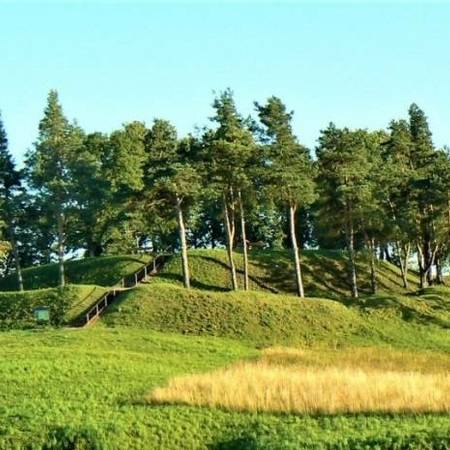
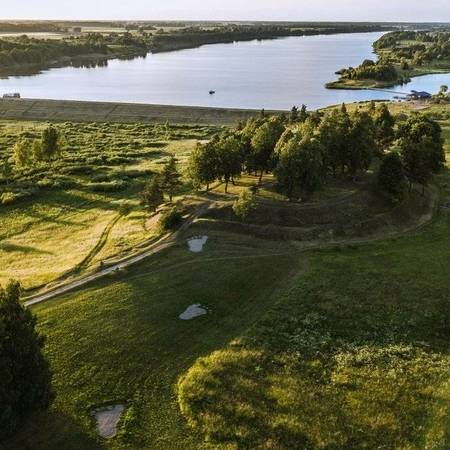
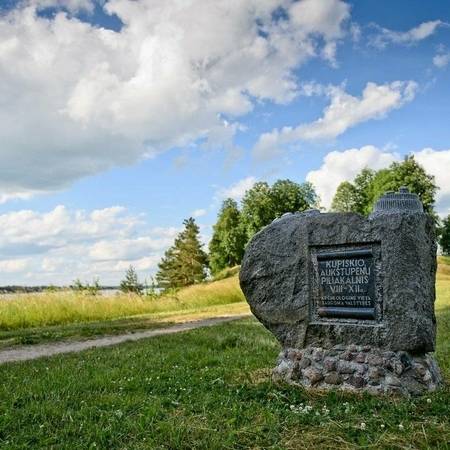
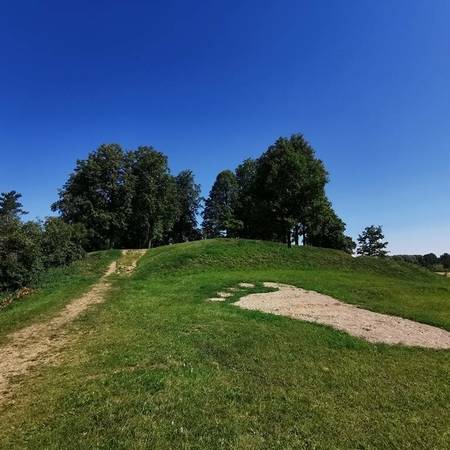
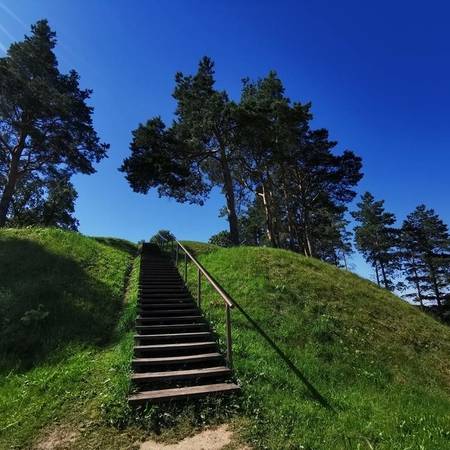
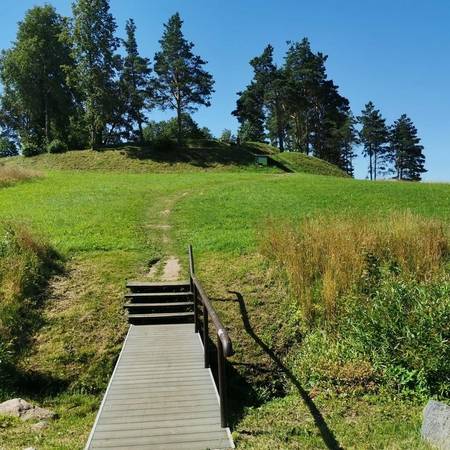
Reviews